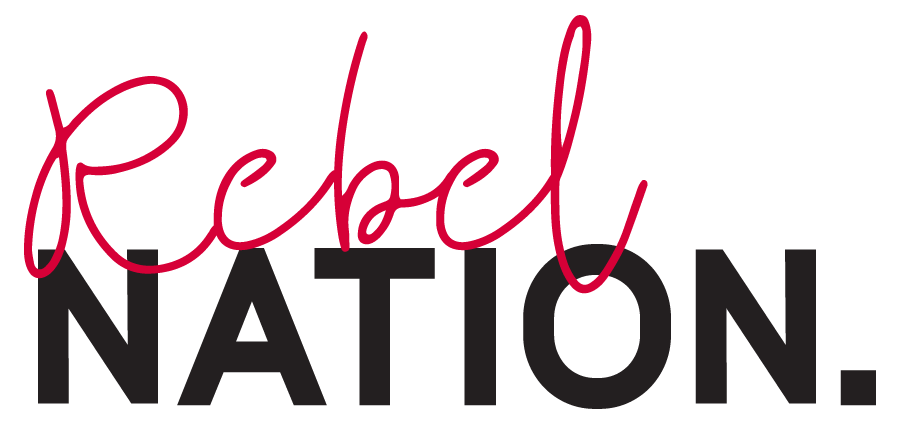Advanced Ads Manager: Using audience targeting to its full advantage
Want to hear more? Check us out on these platforms.
Warning: our content is super addictive.
If you’ve played around with Facebook’s Ads Manager – great job! If you’re ready to take your ads to the next step and unlock their potential, then strap in – we’re about to go to a whole new level of targeting.
Advancing targeting for your Facebook ads can be broken down into two sections – custom audiences and lookalike audiences. These two audiences almost flow onto one another but have different advantages, depending on your goal.
Why should I care about custom audiences?
A custom audience in Ads Manager allows you to get more selective with your audience targeting, and remarket your business, services or products.
What exactly is remarketing? Remarketing is when we send ads directly to someone who has already shown interest or interacted with your business in some way or another. In the old days, we had “cold calling” – where sales reps would just be ringing up businesses from the phone book. This is what advertising is kind of like – just shooting your message out there to anyone who may or may not have heard of you. Remarketing is basically spending your advertising money on people who have already heard of you – so they’ve passed the “awareness” phase in the customer journey, and can be considering or converting – if your product/service is right for them.
Tune in to our podcast to get the full deets on why this audience is so powerful for maximising your digital advertising efforts!
How to create a custom audience
To create a custom audience, you need to set up a Facebook pixel (now called ‘Meta’ pixel). A Facebook/Meta pixel is a piece of code that you create in your Facebook Ads Manager and add to your website. Check out the full steps on creating your pixel here.
This pixel then links Facebook to your website to record different types of data from people who visit your website.
How are custom audiences useful?
Let’s say you’re planning an event that you would like people to attend. Initially, you would create a Facebook ad directing people to your website to purchase tickets. You can set up your pixel to record the information of certain digital “events” that take place on your website – such as people purchasing tickets. So, when your next event rolls around or if you have a special offer for attendees, you can advertise to people who have previously shown interest in your event by purchasing tickets. The chances of converting a sale amongst this custom audience will be much higher than with people who have never interacted with your business.
Lookalike audiences
A lookalike audience is basically an instruction to Facebook to find users who are similar to another audience list that you already have. For example, let’s say “Jade McAuley” is a regular customer of your business. By choosing to show ads to a lookalike audience, you’re asking Facebook to find you more “Jade McAuleys” – to show your ad to people who are more likely going to mimic the buying behaviour of “Jade McAuley”.
A practical example of this is, say your main audience is based in Mackay, but you also have a growing audience in Townsville. You can upload your existing audience database and find a similar audience (with similar behaviours) based in Townsville. Essentially, you’re branching into a new geographical area with a similar audience with whom you’ve already found success. This is just one example of many on how lookalike audiences can be very valuable in generating quality leads for your business.
Trying out custom or lookalike audiences can have a big impact on the effectiveness of your Facebook Ads – and all it takes is a bit of extra time and set up. If you’d like to find out more, hit us up!
